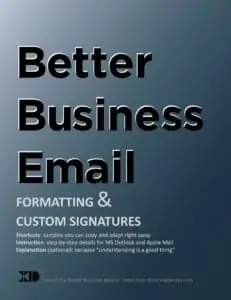Here we present the bare-bones beginning of an in-house style guide. Add to it as your needs and curiosity require, and always refer to authoritative sources when adding or modifying an item.
Note: keystrokes often differ between Windows and OS X systems.
Times of day
Use the periods in p.m. and a.m. times of day.
Em-dash
If you know how to type an em-dash — to indicate a break in thought or flow, like this — that’s fine to do in both headlines and body text. To insert an em-dash in a WordPress editor without knowing the keystrokes, just type two consecutive hyphens — WordPress will convert them to an em-dash before displaying it in a web browser.
En-dash
An en-dash is used to represent a range of numbers, like the two in this phrase: “…from December 24 – 31 the room will hold from 35 – 60 guests.” On OS X, the en-dash is typed as option-n. For readability, it is fine to use a space on both sides of the en-dash.
Non-breaking space
For practical reasons, it’s best not to force line breaks, or line endings, more than necessary. But certain phrases are best kept on one line, not split over two lines. For example, “St.
Andrew” sometimes straddles two lines. We would replace that with a non-breaking space so “St. Andrew’s” always stays together, on the same line. On OS X, you can type a non-breaking space as option-space. Or, in the WordPress editor’s Text tab (not the Visual tab), you can type the characters — so the words in your editor’s Text tab would look like “St. Andrew’s” but visitors’ browsers and the editor’s Visual tab should show it as “St. Andrew’s” — always on one line.
Ellipsis
You can type the ellipsis character (on OS X, it’s option-semi-colon), copy one like the following from any web page or, in a WordPress editor, just type three consecutive periods and WordPress will replace them with a true ellipsis character before display in a web browser. You know, for when a thought trails off…
[sp_easyaccordion id=”6206″]
